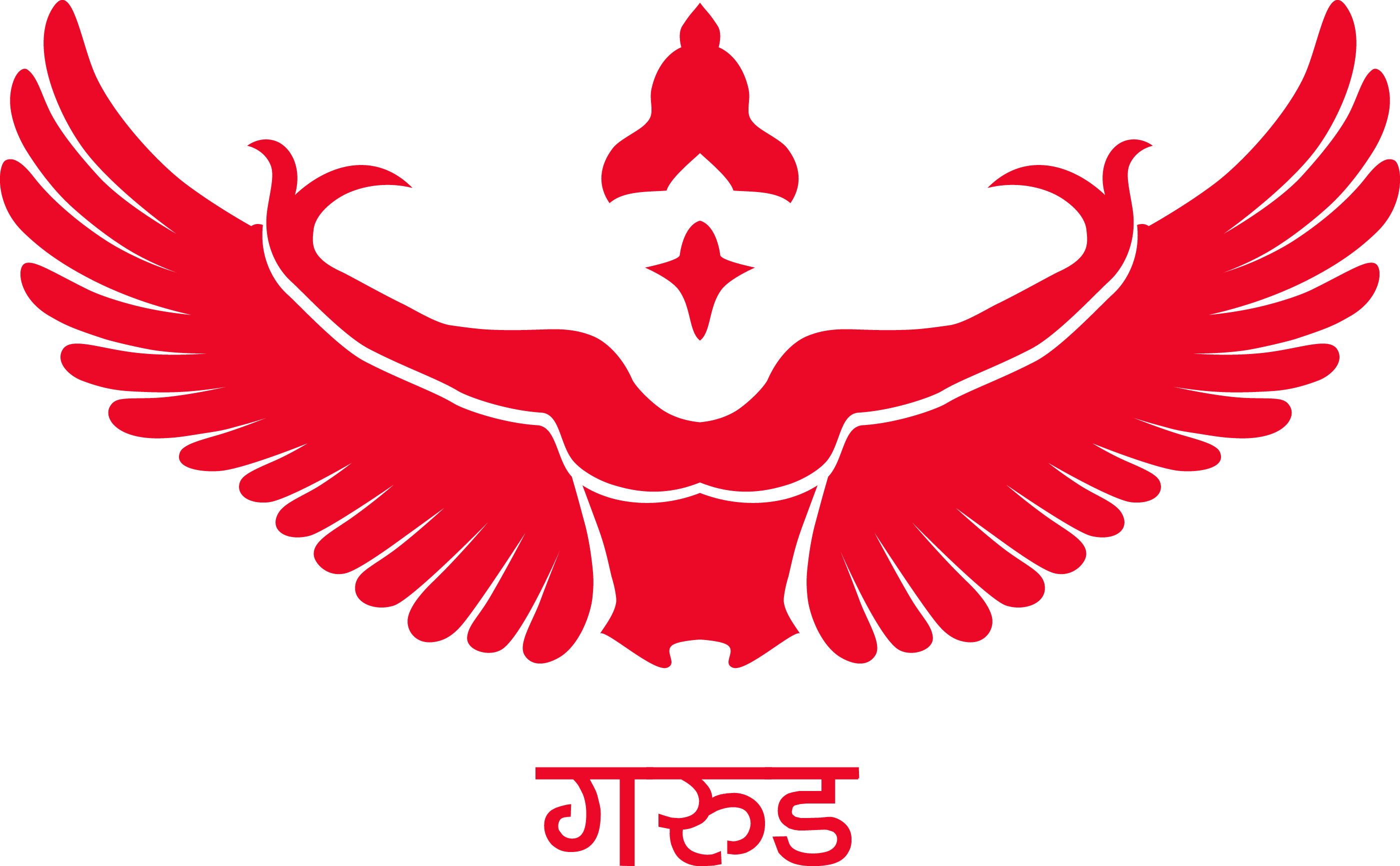Shop by Category

Short Description
This book makes an in-depth study of the history of evolution, penetration and growth of nagasvaram into the cultural moorings of south India. It makes a systematic study of nagasvaram from different perspectives, its accompanying instruments, its relevance in temple festivals, marriages, the traditions associated, its prevalence and acceptability among south Indian states. It also introduces the all-time great maestros of nagasvaram.More Information
| ISBN 13 | 9788192702124 |
| Book Language | English |
| Binding | Hardcover |
| Total Pages | 195 |
| Edition | 1st Edition |
| Release Year | 2015 |
| Publisher | Avi Publishers |
| Author | Geetha Rajagopal |
| GAIN | J96C34Y8OVX |
| Category | Performing Arts & Aesthetics Cultural Studies |
| Weight | 750.00 g |
| Dimension | 14.00 x 22.00 x 1.80 |
Frequently Bought Together

This Item: Celestial Nagasvaram: Origin, Myths, Reception and...
₹1,200.00
Sold by: DK Printworld
Choose items to buy together
ADD TO CART



This Item: Celestial Nagasvaram: Origin, Myths, Reception and the Maestros
Sold By: DK Printworld
₹1,200.00
Total Price : ₹1,200.00
Product Details
Nagasvaram, world’s loudest non-brass acoustic instrument, is known as mangala vadyam (auspicious instrument), and raja vadyam (king of all instruments). This popular wind-group musical instrument is well known all over the south Indian states, more specifically in Tamil Nadu. Its origin is associated with the Thiruvarur Temple and its legacy continued all through the Pallavas, Colas, Pandyas, Nayakas, and Marathas. It has imprinted its sheen on all the rituals, especially, on the temple festivals and marriages.
This book makes an in-depth study of the history of evolution, penetration and growth of nagasvaram into the cultural moorings of south India over a period of 800 years. It makes a systematic study of nagasvaram (myths associated with it, its making, types, etc.), its accompanying instruments, its relevance in temple festivals, marriages, the traditions associated with nagasvaram, its prevalence and acceptability in Andhra Pradesh, Karnataka and Kerala, in addition to Tamil Nadu where it rules the roost. It widely introduces the great maestros of nagasvaram, for whom it was a nishkama karma.
Kings, temples and mathas were the promoters of this blissful instrument. At present this artform faces severe challenges from the all-pervasive Western musical instruments. The author suggests ways and means of how to maintain the legacy of nagasvaram live, and the need to preserve the rich heritage of our musical tradition for the benefit of our posterity to realize the Supreme Bliss in their life.
This book, rare of its kind, will enthrall those who are keen on instrumental music, especially the faculty, students, and professionals in the field of music, religion and art.














